This page is dedicated to electricity and electronics in general. Here you will find the history of electricity as well as tips and links to explanations and the understanding of some electrical entities.
Electricity is a form of energy and occurs in nature. There are two types of electricity in this world; static and current.
Static was founded thousands of years ago by the Greeks when they rubbed their fur on fossilized tree resin, which helped them determine that charges were built up from surfaces of material rubbing on each other.
Current is a little more complex in the sense that while the concept of electricity has been known for thousands of years, when discovered and developed scientifically and commercially, multiple great minds were responsible for what it is today;
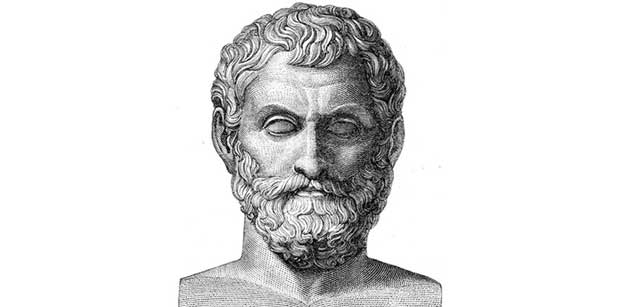
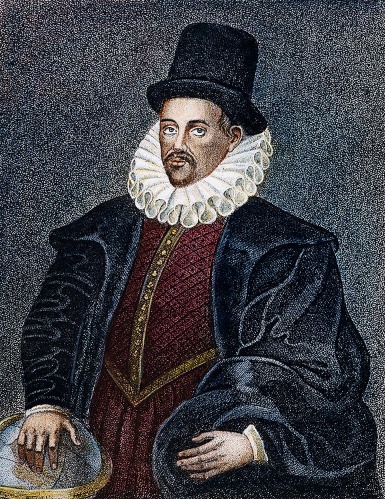



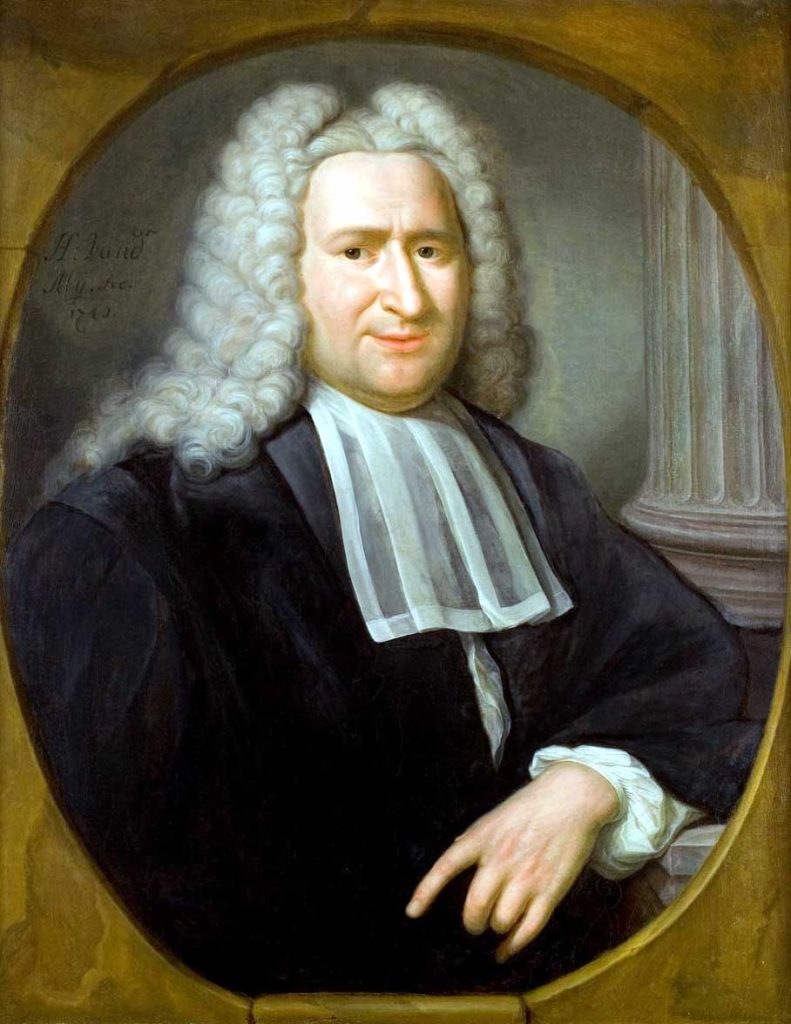


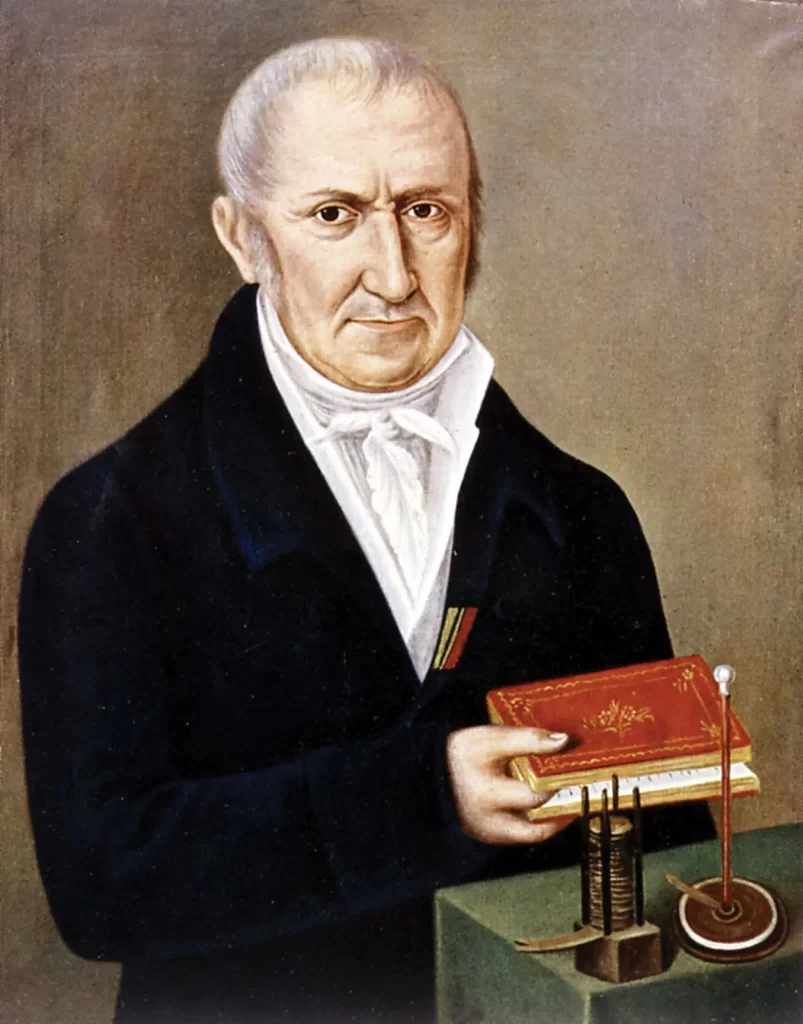
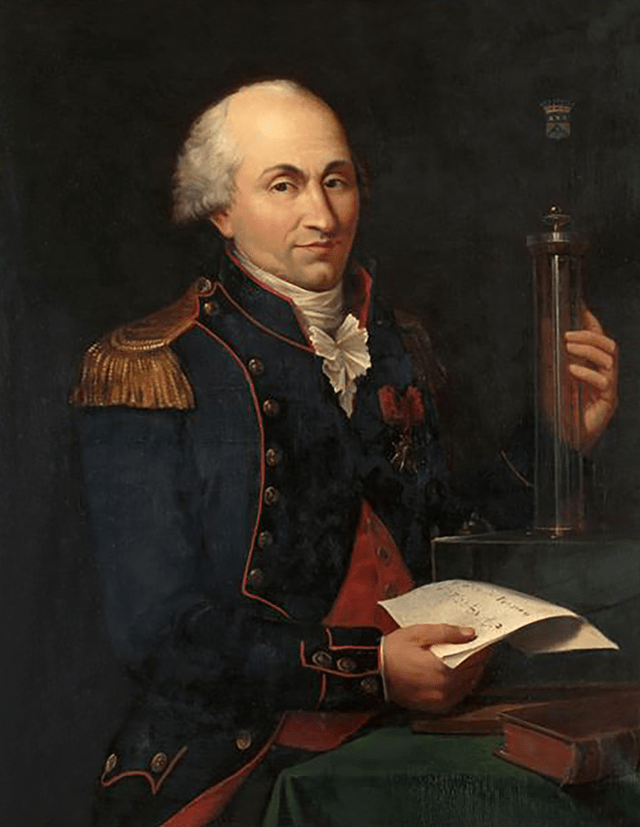
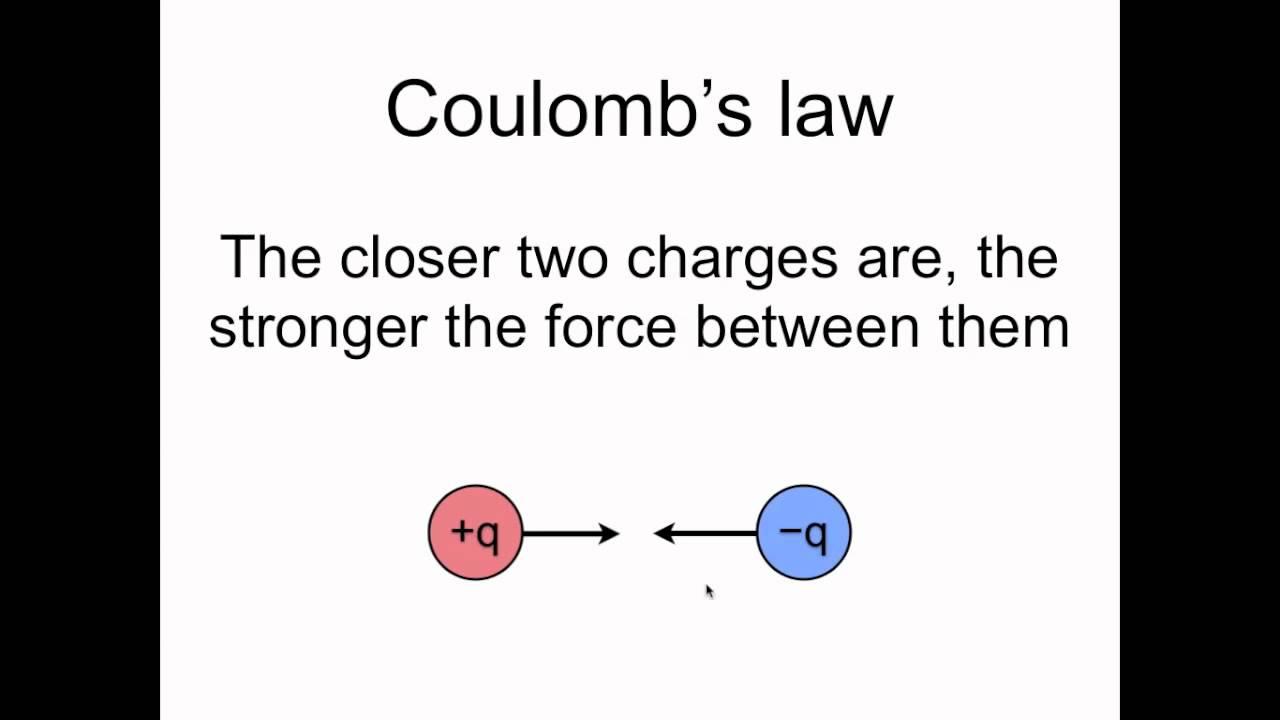
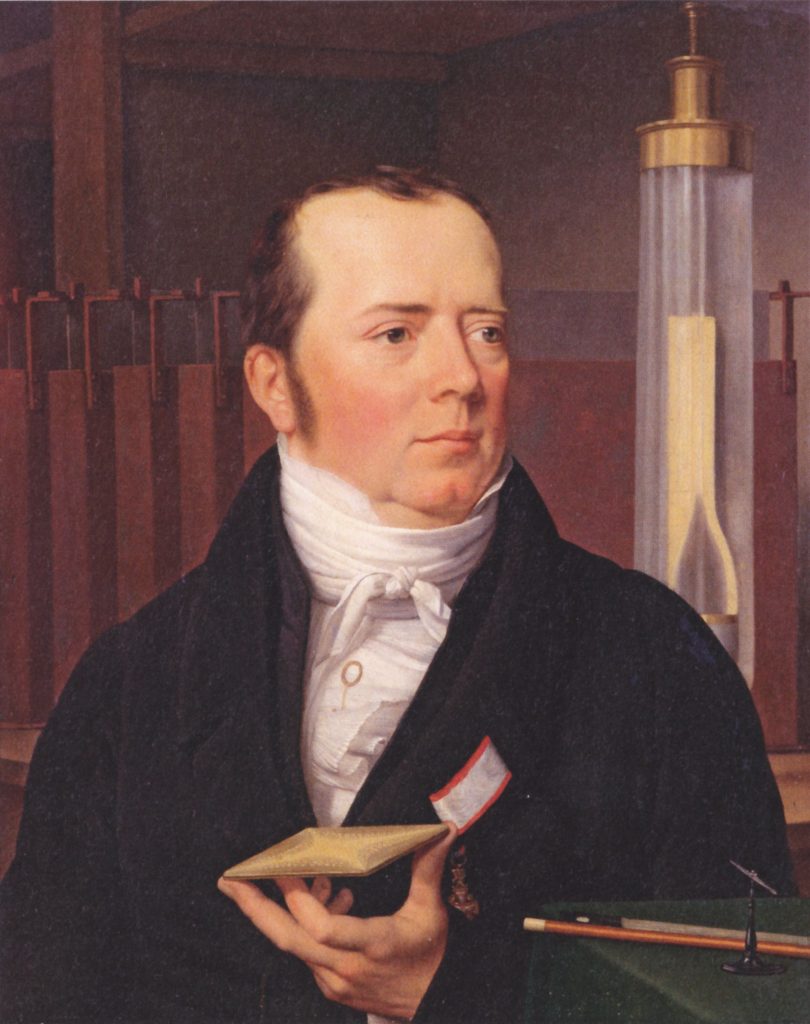

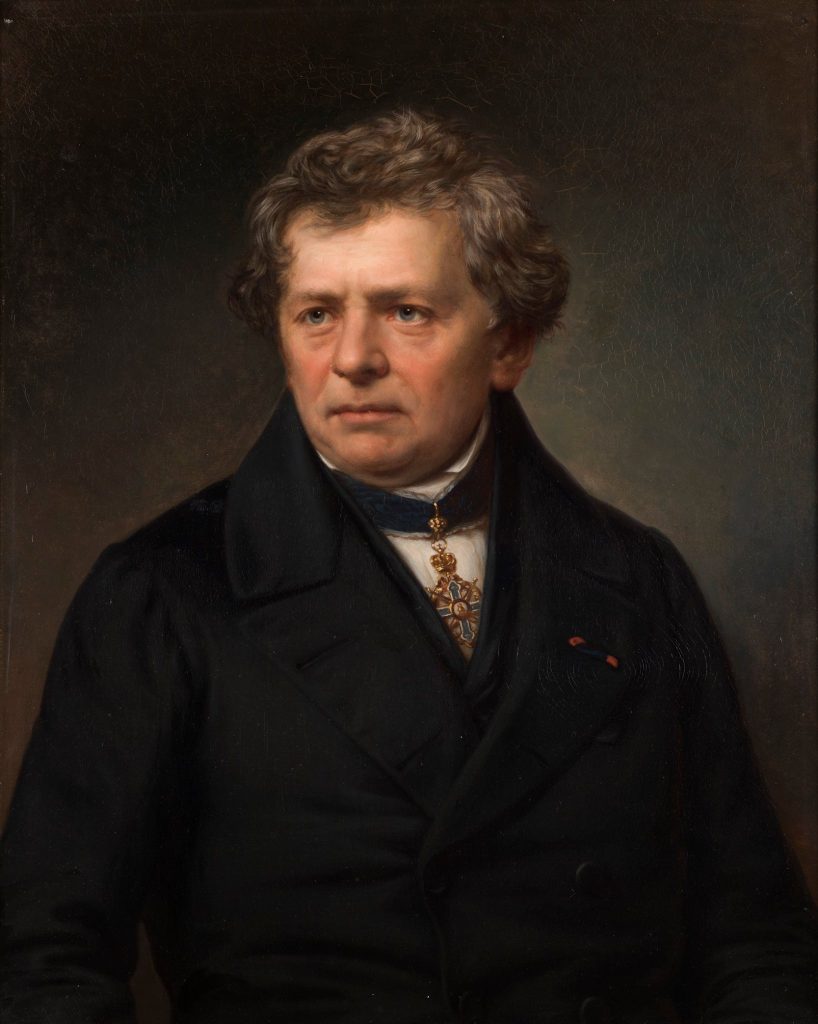
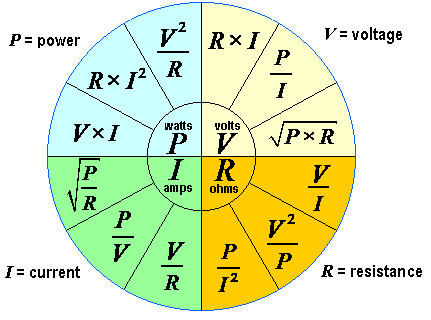
We still rely on Ohm’s Law to this day calculating his formulas to find value. For example, if I know I have a 1400 watt space heater I am looking to add to an outlet, which is 110/120V, using Ohm’s Law, we would find I need at least 11.6/12.7 amp rating, following the 80% rule on breakers, I would use an outlet tied to a 20A breaker. Using a 15A here would be cutting it short.
The 80% rule by National Electric Code is not to exceed 80% of a breaker on continuous load. Since 80% of 15 is 12, that 12.7 on a 120 voltage line could present a fire hazard at some point. That is a big reason why space heaters, and other things like microwave and fridge with high power ratings should be on dedicated circuits.
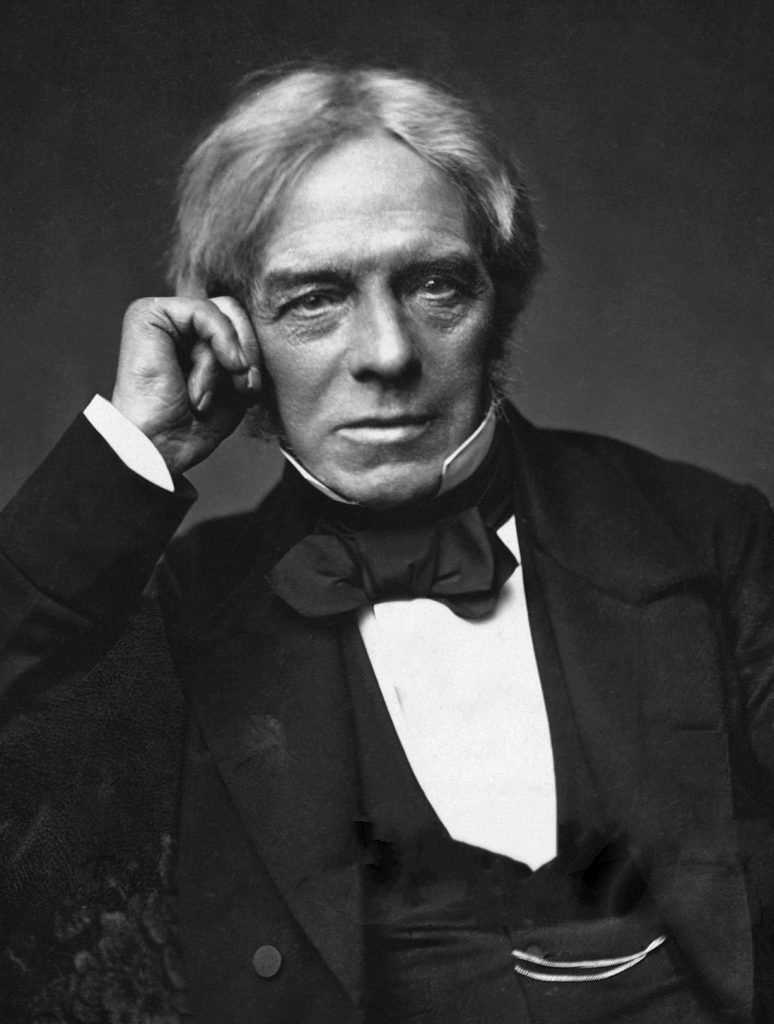
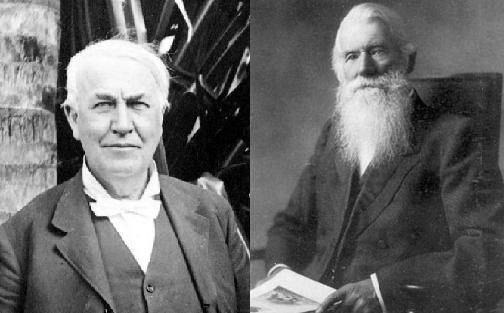
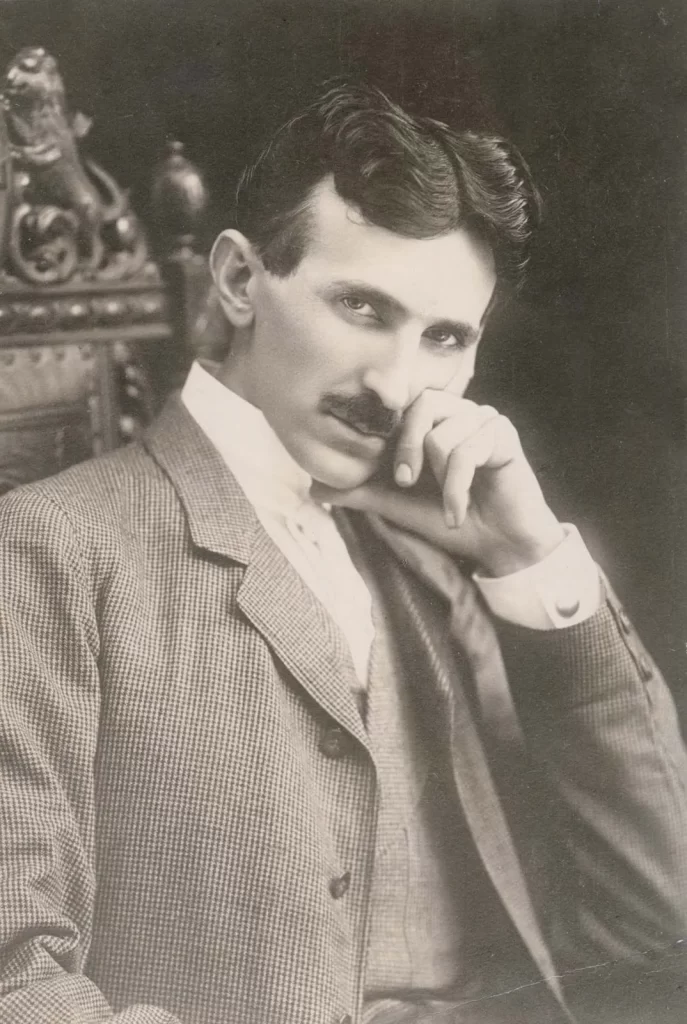
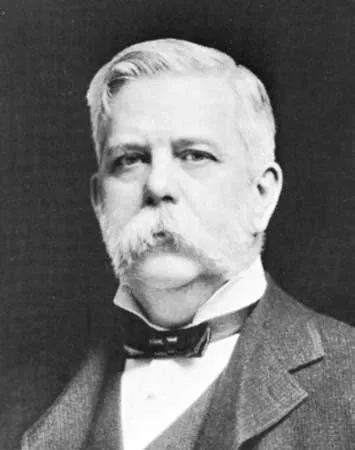

Electricity is both a basic part of nature and one of the most widely used forms of energy. Electricity itself is a secondary energy source because it is produced by converting primary sources of energy like coal, natural gas, nuclear energy, solar energy, and wind energy, then converted into electrical power. It is also referred to as an energy carrier, so it can also be converted to other forms of energy such as mechanical energy or heat. Primary energy sources are renewable or nonrenewable, but the electricity we use is neither.
Using 2016 numbers, over four-trillion kilowatthours (kWh) of electricity were generated at utility-scale facilities in the United States.
- About 65% of this electricity generation was from fossil fuels (coal 30.4%, natural gas 33.8%, petroleum .6% and other gases .3%)
- Just under 20% was from nuclear energy and about 15% was from renewables (Hydro 6.5%, wind 5.6%, biomass 1.5%, solar .9% and geothermal .4%)
- An estimated 19 billion kWh or electricity generated from small scale solar photovoltaic systems.
Electricity is there within a flip of a switch, no matter how far it travels. It is instantaneous whether the power plant is one block away, one mile away, or even multiple miles away. All the poles and wires you see along the roads and highways and even in front or behind your home are called the electrical transmission and distribution system. Power plants all across the country are connected to each other through an electrical system referred to as the “power grid”. If one plant fails or can’t produce enough electricity to run all the air conditioning units when it is hot, another plant steps up and sends some where it is needed.
There are 3 major power grids which are the Eastern Interconnection, Western Interconnection, and the Texas Interconnection. Some would say 4 counting the Alaskan Interconnection, which is composed of 2 grids isolated from each other, so it is mostly considered a minor power grid
Electricity is made by large machines called turbines, which are turned very quickly with energy, most plants use heat energy produced by burning coal or natural gas, while some use wind energy or moving water. The spinning turbine causes large magnets to turn within wire coils- these are the generators. The moving magnets within the coil of wire causes the charged particles (electrons) to move within the coil of wire, this is electricity.
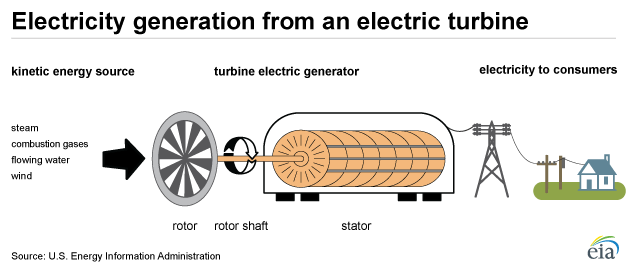
Turbine generators of steam, gas, diesel, etc. all operate on the same principle;
Magnets + copperwire + motion = electric current. The electricity produced is the same, regardless of the source.
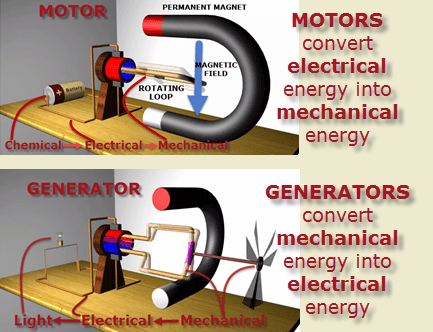
The current is sent through transformers to increase voltage in order to push it long distances, stretching across the country. Once that current reaches substations, where the voltage is lowered so it can be sent to smaller power lines.
It travels through distribution lines to your neighborhood, where smaller pole-top transformers reduce the voltage again, in order to take the power safely to your home, connecting safely through the service drop and passing a meter that measures how much each house uses and then going to the service panel in your basement, backyard, or garage where breakers or fuses protect the wires inside your home from being overloaded.
The electricity travels through wires inside the walls to outlets and switches all over the house.
Electricity, like air and water, is another thing people take for granted. Few people probably stop and think what life would be like without it. Electricity brought you lighting, heating/cooling, and powering to computers and televisions. Without it we would still be using candles, oil lamps, and kerosene lamps for lighting, iceboxes to keep food cold, and wood or coal burning stoves to provide heat.
Electricity travels in closed circuits (circuit was termed from the word “circle”). It must have a complete path from the power station through the wires and back. If the circuit is open, the electricity cannot flow, but when it is closed, it can. Turning on a light switch, closes a circuit so the electricity can pass through the switch to the light, when it is switched off it opens the circuit causing the loss of flow to the light.
Energized electrical equipment can be deadly so be careful and make sure everything is de-energized, if possible, before you work on it.
People often encounter situations in which they are required to work with energized electric tools or equipment but the most important thing to remember in these situations is to always consider the electric circuits, apparatus, and your tools to be energized and deadly, even if off. Statistically a person is electrocuted and possibly killed once a day somewhere in the United States. In addition, thousands of field workers are severely burned or injured every year by electrical mishaps on the jobsite.
Electricity can hurt, burn, and kill you—even at low voltages. Always keep in mind that electricity travels at the speed of light and that it is trying to find the path of least resistance to get to ground. Your body is mostly made up of water and therefore is an excellent conductor of electricity. The effects of an electrical current passing through the body range from a mild tingling sensation to severe pain, muscular contractions, and even death. As the current passes through a body, it will burn from the inside out.
Before you begin work, survey the jobsite to find overhead power lines, poles, and guy wires. Look for lines that may be hidden by trees or buildings, and if you are digging and know there are power lines under ground, contact your provider a couple days in advance and have them stake the yard so you know where your lines are to prevent injury to yourself, others, and your home or work.
The easiest way to avoid electrical accidents is simply to avoid contact with energized components. Always presume that an electrical circuit is energized and dangerous until you are certain that it is not, and even then, be vigilant. Before working on a circuit, use a voltage meter to determine if the circuit is energized, tape or wire nut them off whether they are or not.
Before you work on electrical equipment, turn off the power to it, then try it out if you don’t have a meter to confirm it is off, be sure to return the switch to off once confirmed though.
To be safe, all electrical equipment and apparatuses should be double-insulated or grounded and If possible, avoid the use of extension cords unless those extension devices are equipped with surge protectors, then they can be permanently used.
Here are a few more tips to think of when conducting electrical work;
- Check your work area for water or wet surfaces near energized circuits. Water acts as a conductor and increases the potential for electrical shock.
- Check for metal pipes and posts that could become the path to ground if they are touched.
- Do not wear rings, watches, or other metal jewelry when performing work on or near electrical circuits. They are excellent conductors of electricity.
- Leather gloves will not protect you from electrical shock. They are cowhide, typically, and have inherent moisture in them.
- Never use metal ladders or uninsulated metal tools on or near energized circuits.
- Make it a daily habit to examine your electrical tools and equipment for signs of damage or deterioration. Do not use them if the electrical wires are damaged or if they are not insulated or grounded. Defective cords and plugs should be thrown away immediately and replaced.
Electrical tip: Wire color code
Green, green/yellow striped, or bare wires are always used for ground.
DC (direct current): Red is hot (positive), black is not (negative)
AC (Alternating Current): Black (or red) is hot, white (or grey) is not. Red is a secondary hot, mostly used in 220v. Grey is a secondary neutral, can be used in place of white.
4-20ma: follow AC code (black or red/white) for power, DC code (black/red) for output signal. Orange/yellow for sensor/memory, brown/red for coil, blue/violet for signal.
3-phase: L1 blue or brown
L2 red or orange
L3 blue or yellow
If you are looking to understand current loop and why most industries use 4-20mA, check out this page;
